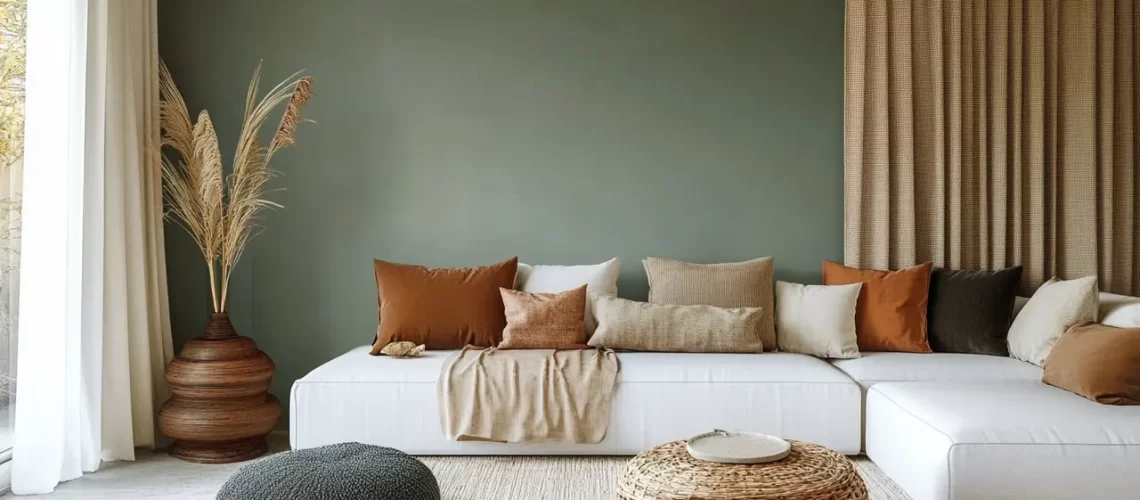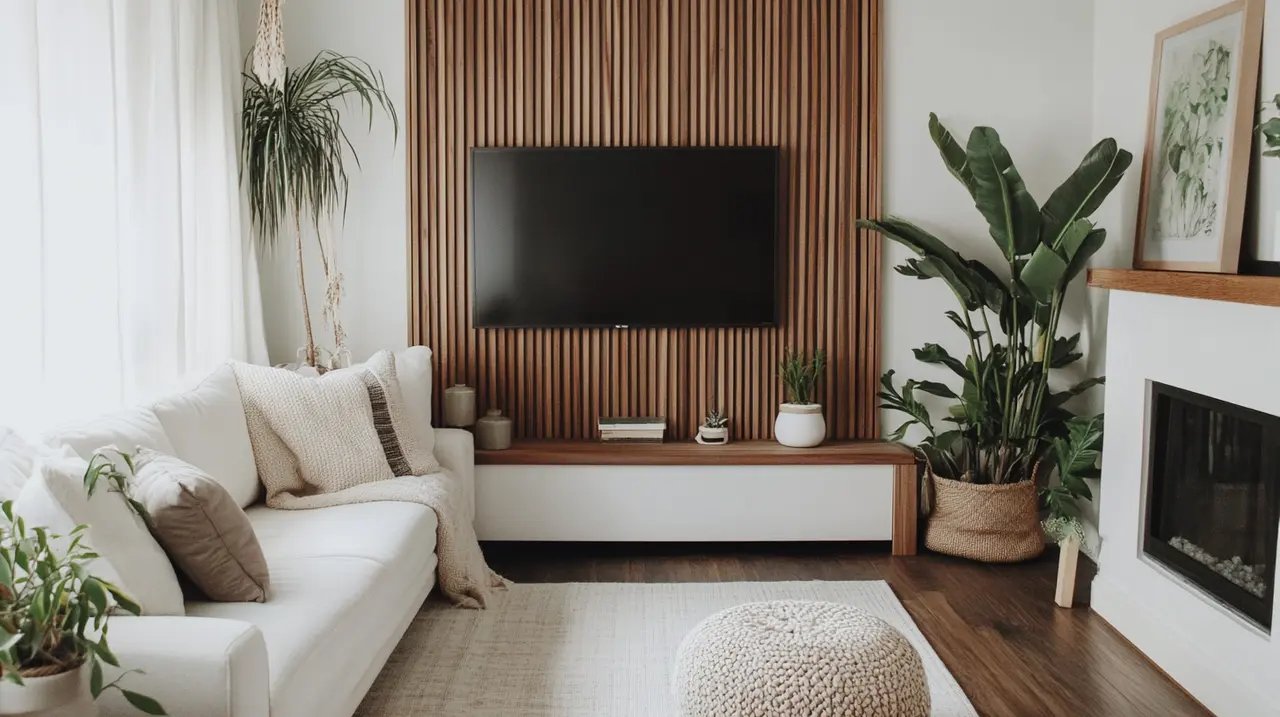Working with an online interior designer can be an incredibly rewarding experience. It allows you to tap into the talents of skilled professionals from the comfort of your home. However, to ensure a smooth and successful collaboration, there are several key factors to keep in mind. Here are some essential tips to help you make the most out of your online interior design experience.
1. Understand Your Style and Preferences
Before reaching out to an online interior designer, it’s important to have a good grasp of your own style preferences. Spend some time gathering inspiration from various sources such as Pinterest, design magazines, and online galleries. This will help you clearly communicate your vision to the designer.
Identifying your favorite colors, patterns, and textures can also be incredibly helpful. Does a minimalist aesthetic appeal to you, or do you lean more towards a bohemian style? Having a clear sense of your likes and dislikes will streamline the design process and make it easier for the designer to create a space you’ll love.
Creating a mood board can be a fun and practical way to consolidate your ideas. You can use online tools or traditional materials like magazines and fabric samples. This visual representation can serve as a valuable reference point throughout the design process, keeping you and your designer aligned.
2. Have a Clear Budget
Establishing a budget upfront will guide the project and ensure that both you and your designer are on the same page. Be transparent about how much you are willing to spend, including all potential expenses like furniture, decor, and any additional services.
Consider setting aside a contingency fund for unexpected costs that may arise during the project. A flexible budget allows for some wiggle room, which can be crucial for addressing any unforeseen challenges without derailing your overall plan.
Don’t forget to discuss payment terms with your designer. Understanding when and how payments will be made can prevent misunderstandings and ensure a smooth transaction. This includes any deposits required before work begins and milestones for subsequent payments.
Your budget can also determine the scope of the project. If you’re working with a limited budget, your designer can help you prioritize elements that will have the most significant impact. Conversely, a more generous budget may allow for more elaborate transformations and the inclusion of higher-end finishes.
3. Be Transparent About Your Needs
A successful project hinges on clear communication. Outline your needs and expectations from the beginning. Whether you need a complete room overhaul or just want to update a few pieces, providing detailed information will help the designer tailor their services to meet your requirements.
Consider making a list of must-haves and nice-to-haves. This can guide the designer in prioritizing elements that are non-negotiable while also offering creative solutions for items on your wish list. The more specific you are, the better your designer can craft a plan that meets your vision and functional needs.
Also, be honest about any current frustrations with your space. Is there a room that feels cramped or lacks natural light? Are you struggling to find adequate storage solutions? Identifying these pain points will enable the designer to propose effective remedies, enhancing both the aesthetics and functionality of your home.
4. Use Visual Tools
Online interior designers often use visual tools like mood boards, 3D renderings, and virtual walk-throughs to present their ideas. Familiarize yourself with these tools, as they are incredibly useful for visualizing the final outcome and making necessary adjustments along the way.
Take the time to review these visual aids carefully. They offer a tangible representation of the designer’s vision and can help you make more informed decisions. Don’t hesitate to ask questions or provide feedback – this ongoing dialogue can lead to a more refined and satisfying end result.
Sharing your own visual inspirations can also be beneficial. If you come across an image that resonates with you, share it with your designer. This can serve as a reference point, helping them to better understand your tastes and preferences, and integrate those elements into the design plan.
5. Be Open to Feedback and Ideas
Remember that you are working with a professional who has the expertise to bring out the best in your space. Be open to their suggestions and trust their judgment. A collaborative approach can lead to more innovative and satisfying results.
While it’s natural to have strong opinions about your home, try to remain flexible. Sometimes, a designer might suggest something that initially feels outside your comfort zone. Keep an open mind – these ideas often bring a fresh perspective and can transform your space in ways you hadn’t imagined.
Feedback should be a two-way street. Don’t hesitate to share your thoughts on the proposed designs. Constructive feedback will help your designer refine their ideas and get closer to realizing your vision. The goal is to create a space that you love and feel comfortable in, so your input is invaluable.
6. Pay Attention to Timelines
Setting realistic timelines is crucial when working on a design project. Discuss the expected timeframe for each phase of the project and any deadlines for decision-making. Being punctual with your responses will help keep the project on track.
Understanding the timeline helps in setting expectations and avoiding potential disappointments. If you have a specific deadline, such as a holiday or family event, communicate this upfront. Your designer can then plan accordingly, ensuring that milestones are met in a timely fashion.
Periodic check-ins can also be beneficial. Schedule regular updates with your designer to review progress and address any issues that may arise. These meetings can help identify any delays early on, allowing for quick adjustments to keep the project moving forward smoothly.
7. Review and Revise
Finally, always review the design proposals thoroughly and don’t hesitate to ask for revisions if something doesn’t feel right. A good designer will appreciate your input and collaborate with you to perfect the design.
Detailed reviews help ensure that every element aligns with your vision. Take your time during this phase, as it’s easier to make changes on paper than once the project is underway. Aim to provide specific feedback so that the designer knows exactly what to adjust.
Remember, this is a creative process. Revisions are a normal part of the journey to achieving your dream space. Your designer is there to work with you, so never feel hesitant about requesting changes. The goal is to create a place you’ll love, and sometimes that means tweaking ideas until they’re just right.


